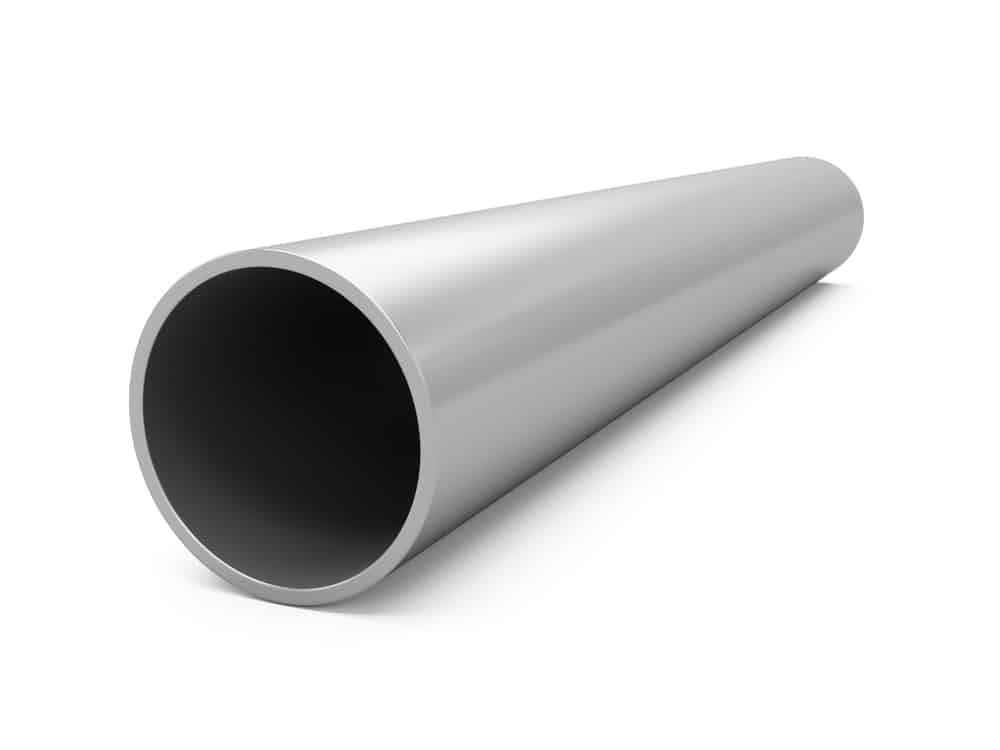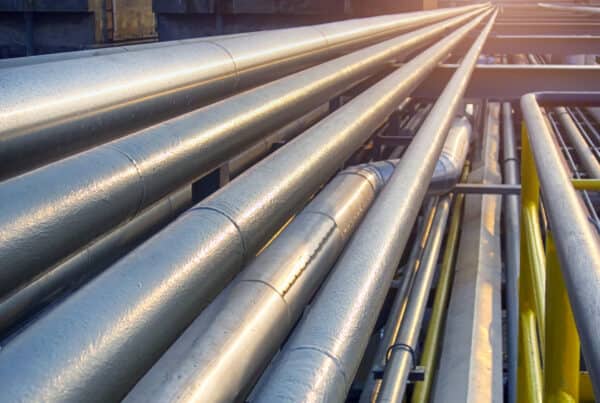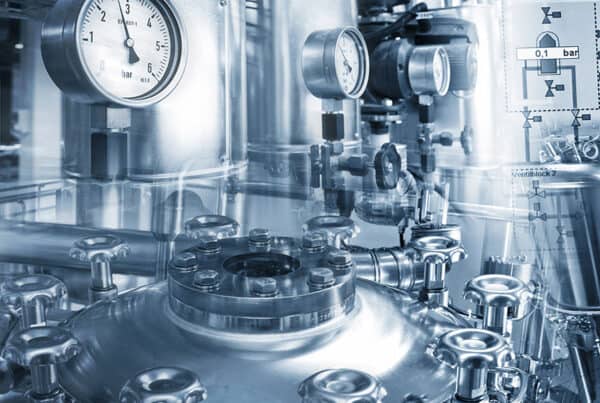
Imagine you are on a game show, and the final question that could bring you the grand prize is, “What is the most used metal in the world?” Immediately, you think, steel, and you start imagining yourself cutting through the ocean at the helm of a new large boat. However, not wanting to blow this opportunity, you begin to wonder if steel is a pure metal? No, it is an alloy composed of carbon, iron, and chromium. Tick, tock. Becoming a little nervous, you question your initial assumption. Finally, you blurt out, “Iron!” On the ride home, all you can think about is fishing from your old flat boat.
Steel is indeed an alloy; however, it is by far the most used metallic material. Today, you can find products made from stainless steel—not to be confused with carbon steel, which has a higher carbon content—virtually everywhere. This includes piping systems used in industrial processing operations, such as the high-temperature environment of petrochemical plants. One grade of stainless steel pipe, the 310, has become the material of choice for these environments.
The attractiveness of this type of pipe will become clear as we examine the different types of stainless steel pipe available. This examination will also help us discover why the best method for welding 310 stainless steel pipe is an automated system such as orbital welding.
Types of Stainless Steel Pipe
Both carbon steel and stainless steel are commonly used in piping systems across many industries, primarily due to their corrosion resistance. This attribute is a result of chromium content, which forms a thin ceramic layer on the surface of the pipe. For stainless steel, which has a chromium content of at least 10.5 percent, the surface layer reacts with oxygen in the air to present a shiny appearance.
While there are many grades of stainless steel, they are typically classified within the types listed below:
| TYPES OF STAINLESS STEEL |
| Stainless Steel Type | Attributes | Applications |
| Austenitic | 16% ≤ Chromium ≤ 30%High corrosion resistance at high temperatures & non-magnetic; hardenable by cold treatment. | Industrial processing |
| Ferritic | 10% ≤ Chromium ≤ 30%Brittle; poor corrosion resistance & magnetic; high chloride stress corrosion resistance; non-hardenable by heat treatment | Petrochemical and marine industries, heat exchangers |
| Martensitic | 11% ≤ Chromium ≤ 17%Poor corrosion resistance; can be heat treated to high hardness | Tools and knives. |
| Precipitation Hardened | ≅ 15% ≤ Chromium ≤ 17%Magnetic and heat treatable to high strength. | Aerospace components. |
| Duplex | ≅ 22% ChromiumHigh resistance to stress corrosion; high strength; good crevice corrosion resistance | Heat exchangers, underwater applications. |
| Super Duplex | ≅ 25% ChromiumHigh resistance to stress corrosion; high strength; good crevice corrosion resistance | Seawater and heat exchangers. |
a Corrosion resistance is w.r.t. Austenitic.
b Duplex and Super Duplex are often listed as a single type due to their similar attributes and applications.
Common grades within these classifications are unified numbering system (UNS) S32205 and S31803 for Super Duplex, P17-4PH and -7PH for Duplex, 400 series for Ferritic and Martensitic, and 300 series for Austenitic, which includes 310 stainless steel.
Welding With 310 Stainless Steel Pipe
As shown in the preceding section, the range of properties for stainless steel makes it attractive for use in many industrial environments. This is especially true for Austenitic series 310 stainless steel due to its superior corrosion resistance and its ability to maintain structure and strength for extreme temperatures. However, there are issues with series 310 stainless steel welding that must be addressed to take advantage of these attributes.
Challenges of Welding With 310 Stainless Steel Pipe
- Environmental hazards
Due to the resiliency of stainless steel under extreme temperatures, welding is often performed in industrial environments with little or no ventilation, and welding in constricted areas may be necessary. These requirements can place significant physical stress on welders and may cause toxic fume clouds to linger.
- Process hazards
Many welding processes may be employed to weld stainless steel piping; however, stick welding, especially TIG, is a preferred process due to the weld quality. Yet, the reflective nature of stainless steel—depending on the type and intensity of lighting in the area—may generate UV radiation in the workspace, which may cause cancer. Additionally, arc welding introduces the possibility of electrical shock.
- Material hazards
Just as chromium enables 310 stainless steel to resist corrosion, it also produces toxic fumes that threaten the health of welders. Safety hazards include asthma, dermatitis, and cancer of the lungs or nasal cavity.
To ensure worker safety when welding 310 stainless steel pipes, manufacturers must address the safety concerns described above.
The Best Process for Welding 310 Steel Piping Systems
When working with stainless steel, including 310 pipes, manufacturers must employ good safety tips. And perhaps the most comprehensive way to mitigate the safety challenges discussed above is to employ an automated TIG orbital welding process, which provides the following advantages over manual arc welding.
GTAW Orbital Welding 310 Stainless Steel Piping Systems
⚪ Removes the welder from the weld pool area and fume cloud
⚪ Automation ensures the creation of consistent, high-quality welds
⚪ Remote operation provides better process control
⚪ Consistent process improves efficiency
To realize these advantages, you should partner with a proven orbital welding service expert that can provide the equipment, materials, and support to ensure that your series 310 stainless steel welding project meets your requirements.
Arc Machines, Inc. is a leading provider of automated welding solutions with decades of experience and expertise in pressure vessel fabrication. For inquiries regarding products, contact sales@arcmachines.com. Arc Machines looks forward to providing the equipment and services your project needs. Contact us to learn more.




